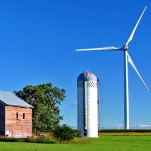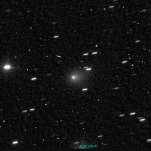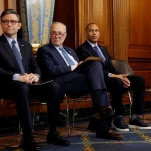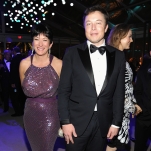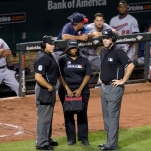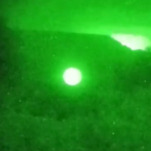How the internet created the asexual movement
A decade ago, when Bauer was a high school junior, she felt left out as all of her friends became engulfed in the throws of teenage lust. A sex-obsessed maniac, Bauer was not. She had crushes on people, but had never experienced that sexual pull. A friend described wanting to sleep with an ex who she no longer loved and Bauer was puzzled. Desiring someone for sex alone made no sense. She didn’t get it.
A friend suggested that she might be asexual.
“I was like, ‘I’m not a plant!” said Bauer, now 27, who preferred to use only her first name in this piece. “I had only heard the word ‘asexual’ in biology.”
For years, people had been telling her that she just hadn’t met the right person, and she thought that seemed like a reasonable explanation. But then she entered the term ‘asexual’ into Google. The first relevant hit was for a website called AVEN—”The Asexuality Visibility and Education Network.” The landing page greeted her with a definition that seemed to describe who she was.
“Unlike celibacy, which is a choice, asexuality is a sexual orientation,” it read. “Asexual people have the same emotional needs as everybody else and are just as capable of forming intimate relationships.”
The website had launched in 2001, and had approximately 10,000 registered members. It led her to sign up for an asexual dating site, but she found only one other person in the entire state of Connecticut. “I was really concerned that I would be alone for ever,” she told me. She decided to go to NYU for college, assuming the asexual community would be bigger there. It wasn’t.
“The internet was really the only place where you could have a community,” she said.
The community seemed small to Bauer, but it was there. She was not alone. She had something in common with at least 10,000 other people on the web.
If there is a single great success of the internet, it is the triumph of connecting isolated people in far-flung places with like-minded souls. By now the idea that there is an online community for every strange subculture is a tired cliché. But while the internet has lent strength and numbers to gay communities, trans communities and communities of people with fetishes like BDSM, asexuality is unique in that it didn’t really exist as a community at all until the internet came along.
-

-

-

-

-

-

-

-

-

-

-

-

-

-

-

-

-

-

-

-

-

-

-

-

-

-

-

-

-

-

-

-

-

-

-

-

-

-

-

-

-

-

-

-

-

-

-

-

-

-

-

-

-

-

-

-

-

-

-

-

-

-

-

-

-

-

-

-

-

-

-

-

-

-

-

-

-

-

-

-

-

-

-

-

-

-

-

-

-

-

-

-

-

-

-

-

-

-

-

-

-

-

-

-

-

-

-

-



